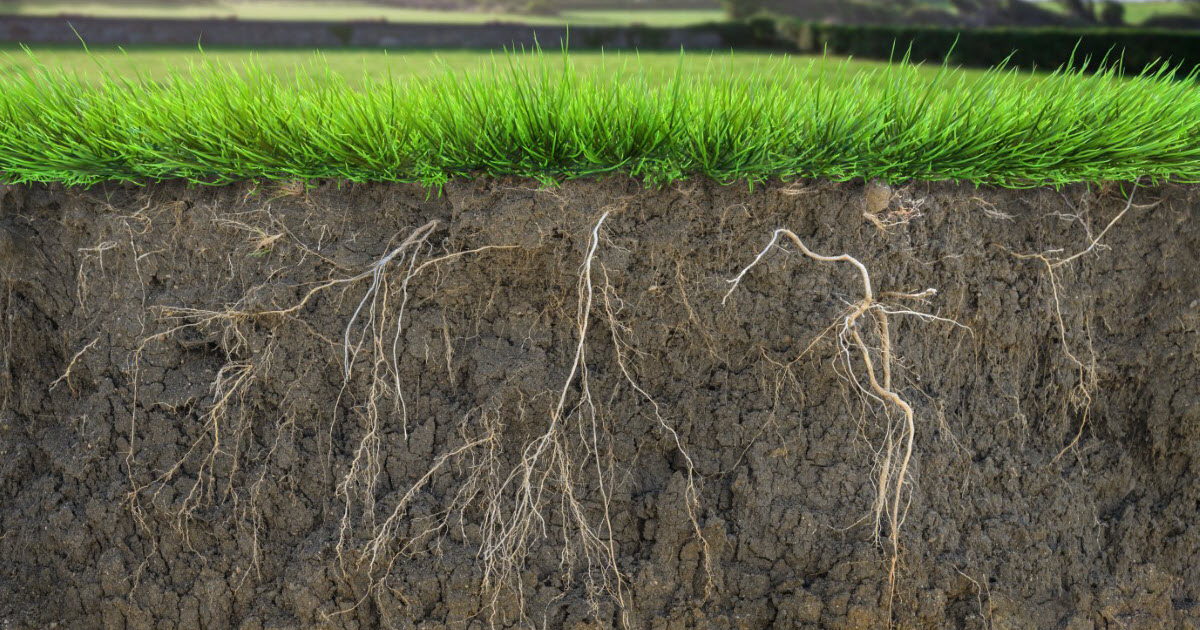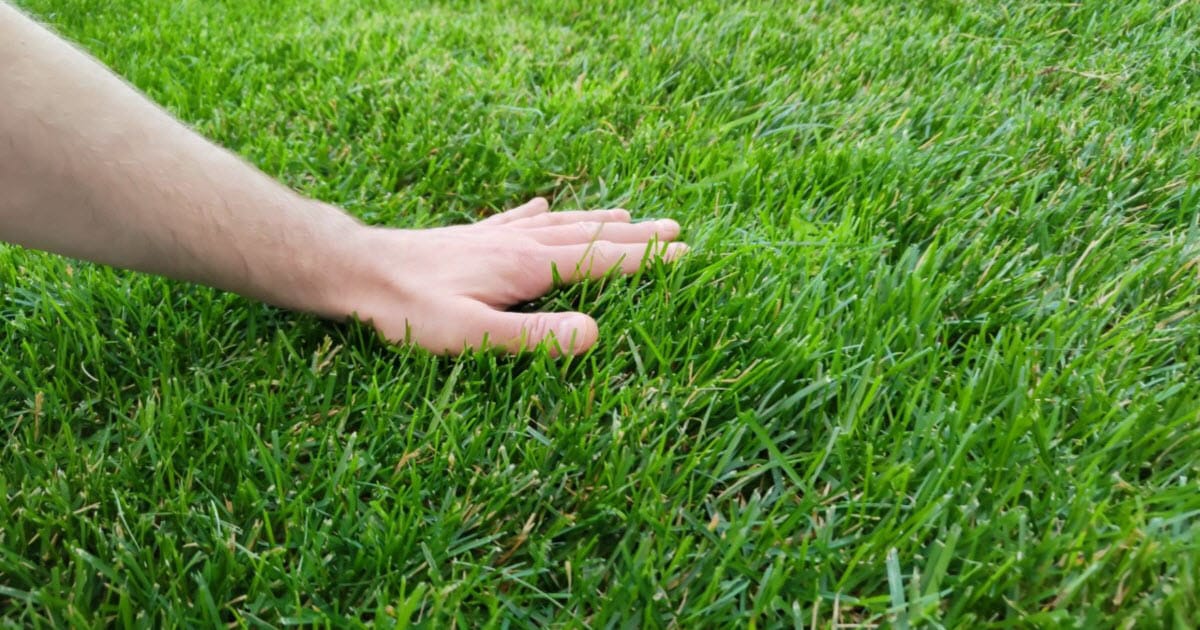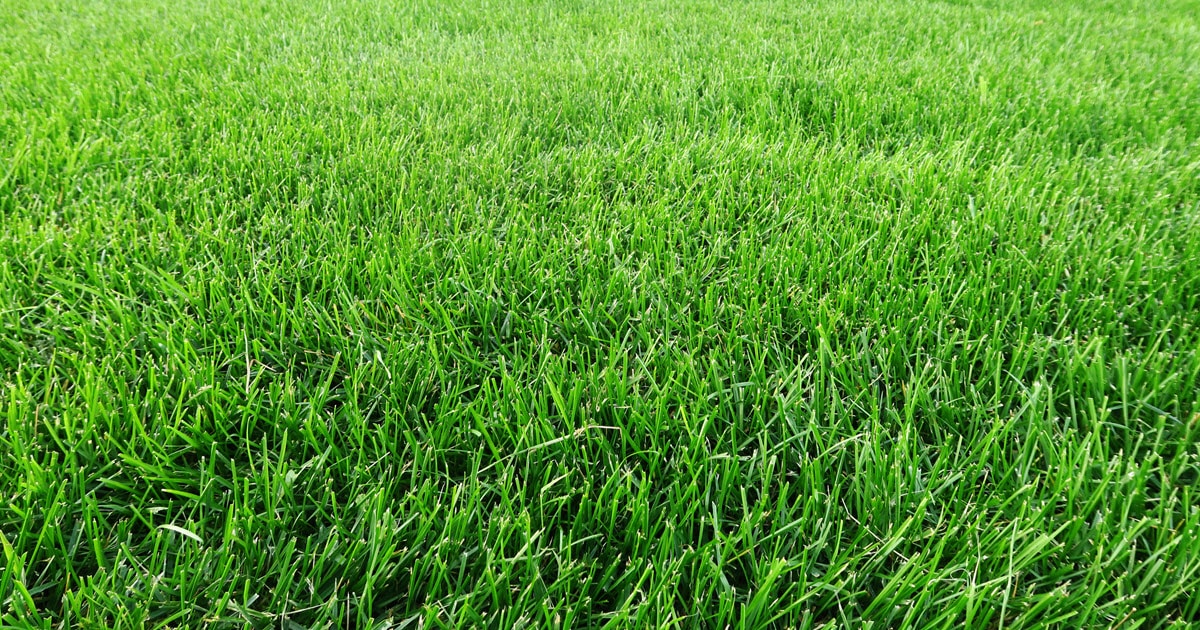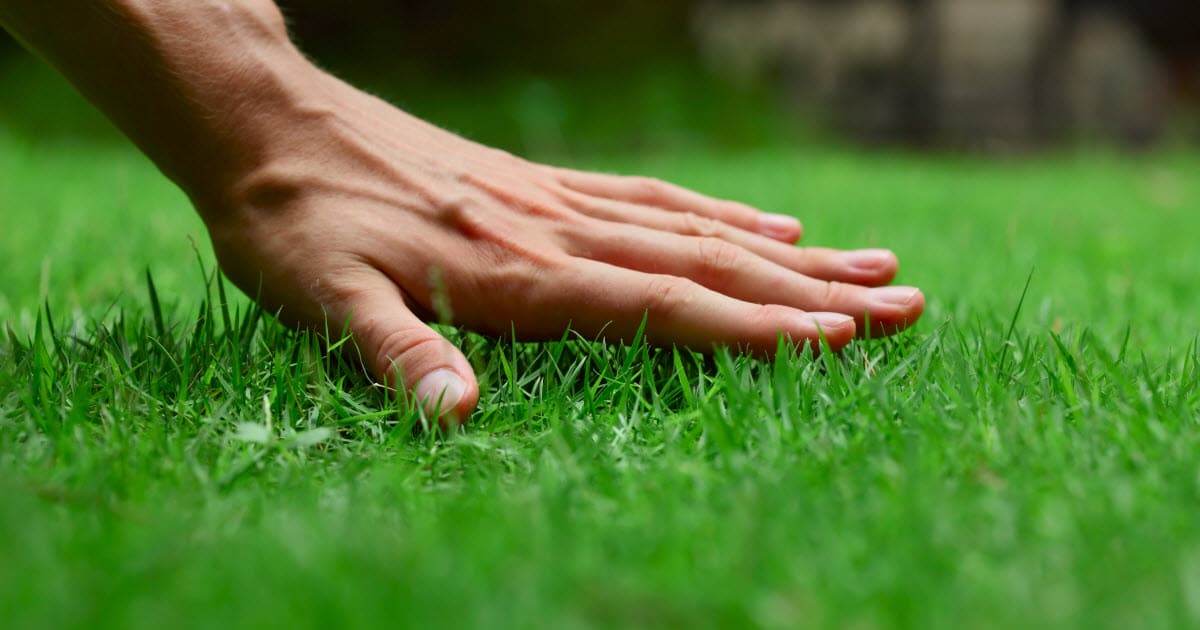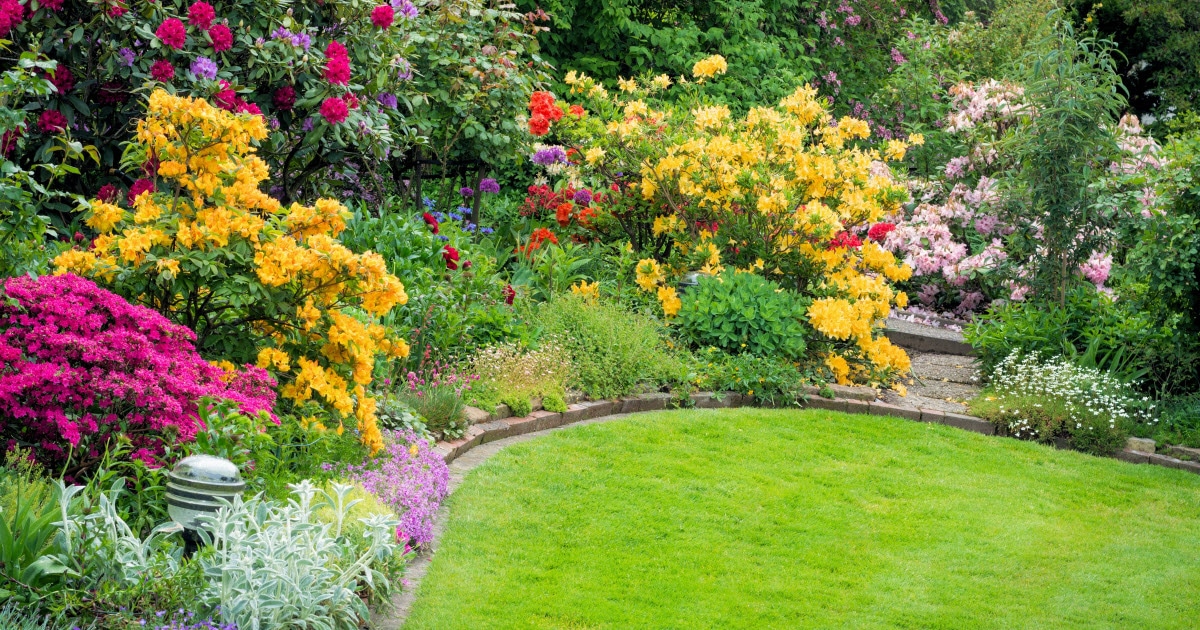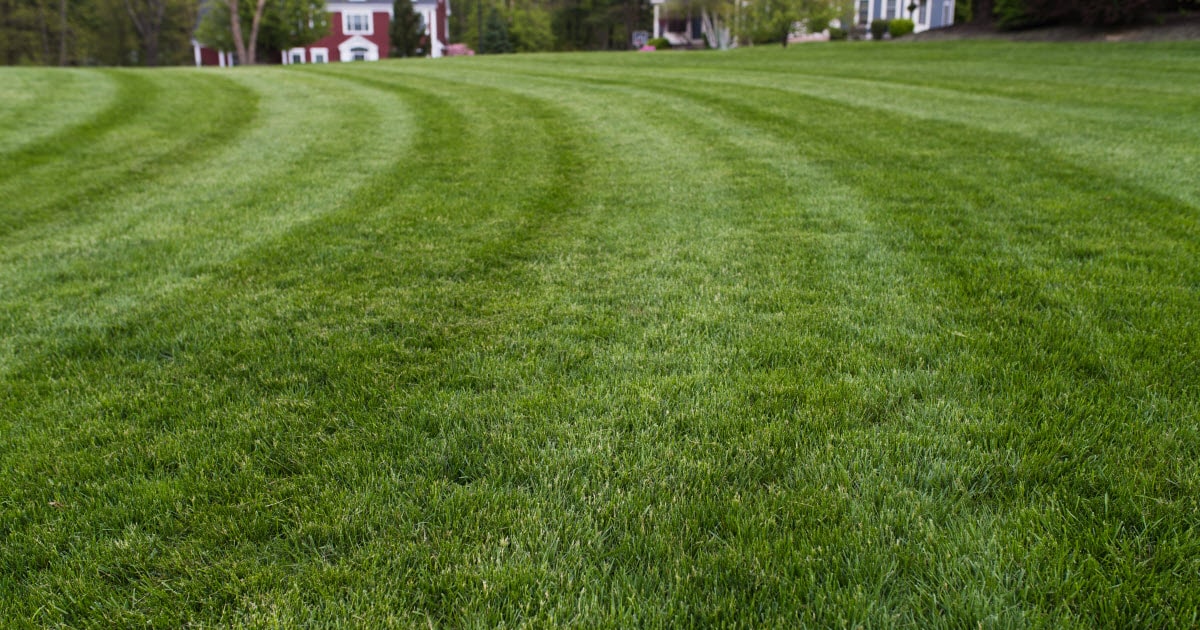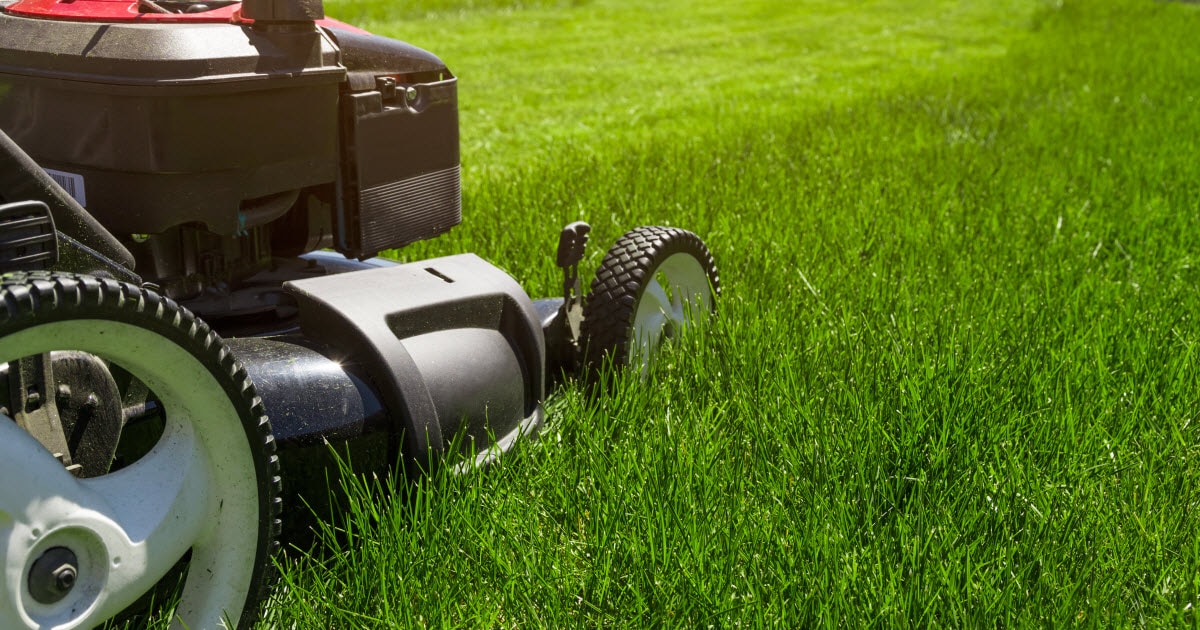Clay soil is a big challenge when it comes to growing grass. It’s dense, holds water, and these characteristics make it prone to getting compacted over time. Compact soil is not welcoming to grass because it is challenging for root growth. It also prevents adequate drainage, and doesn’t allow enough oxygen to get into the root zone. To break down clay soil quickly, there are several methods you can use.
Read More